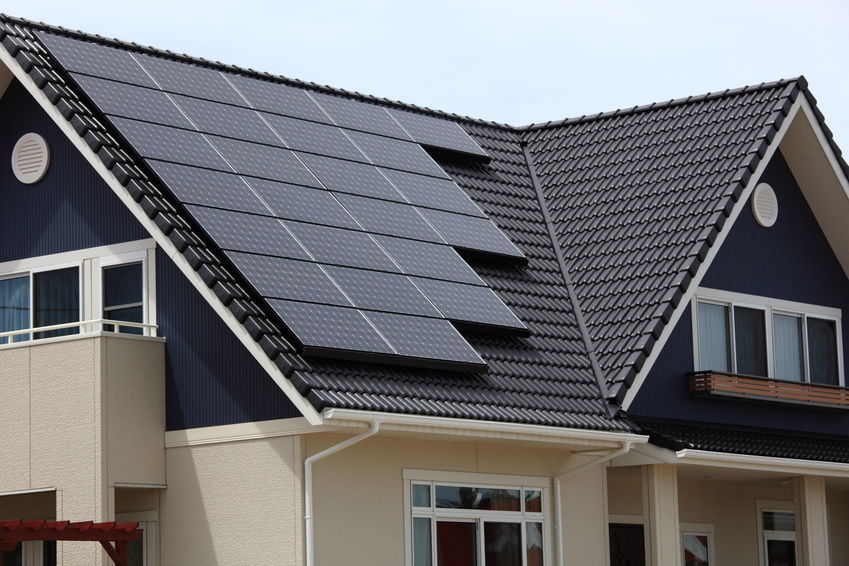Solar power debuted in the 1960s and it has evolved since then. Solar photovoltaics (PV) were a thing of the future. Today there have been breakthroughs in the industry and huge growth is possible, especially in sunny, dry climates like in Arizona. There are a few new developments in solar PV technology that will contribute to the success of the industry and in Tucson solar power.
Advances in Solar Cell Technology
Solar cells are the life blood of solar PV systems. Researchers have been looking for ways to improve their efficiency and cost effectiveness. A solar PV is comprised of hundreds of solar cells. They individually convert sunlight into electric currents. About 85 percent of the sunlight that hits them does not get converted into electricity, only about 15 percent does. Scientists are working and constantly experimenting to boost light capture and conversion.
Light-Sensitive Nanoparticles
Scientists at the University of Toronto unveiled colloidal quantum dots, that may be a less expensive and more flexible material for solar cells. This is a great discovery since others weren’t capable of working outdoors and not practical for the solar market. Panels using this new technology were found to be more efficient, converting sunlight more by eight percent.
Gallium Arsenide
Researchers at Imperial College University in London have discovered a new material called gallium arsenide that would make solar systems three times more efficient.They can be chemically altered in a way that captures sunlight and optimizes it. It is sensor driven that can track sunlight along “light pipes” which guide the light into the system for use.
Advances in Energy Storage
Scientists are focusing on finding a way to store energy produced by solar PV systems. Currently, electricity needs to be used or it is lost. Since sunlight is not 24 hours a day, systems only meeting electrical demands for a portion of the day. A lot of electricity is lost if it is not used. There are some batteries that can store this energy but they are inefficient. They are expensive and do not last long. Scientists are exploring different ways to store energy so it can be used on demand.
Solar Panel with Built-In Battery
There is a project that was funded by the US Department of Energy done by Ohio State University researchers that created a battery. It is twenty percent more efficient and twenty-five percent cheaper than anything on the market today. The rechargeable battery is built on the panel itself, rather than a standalone.
Solar Roadways
Scientists are looking into ways to line the highways and roads with solar panels. This would then send large amounts of electricity to the grid. This would use up less land for panels. It is already being done in the Netherlands, why not in Arizona too?
Space Based Solar
The technology was first tested 40 years ago where space satellites capture sunlight and convert it into microwave energy that is beamed to Earth. Several countries are investing heavily in this right now, such as India, China, and Japan. It promises to capture more sunlight as it can be done around the clock.


